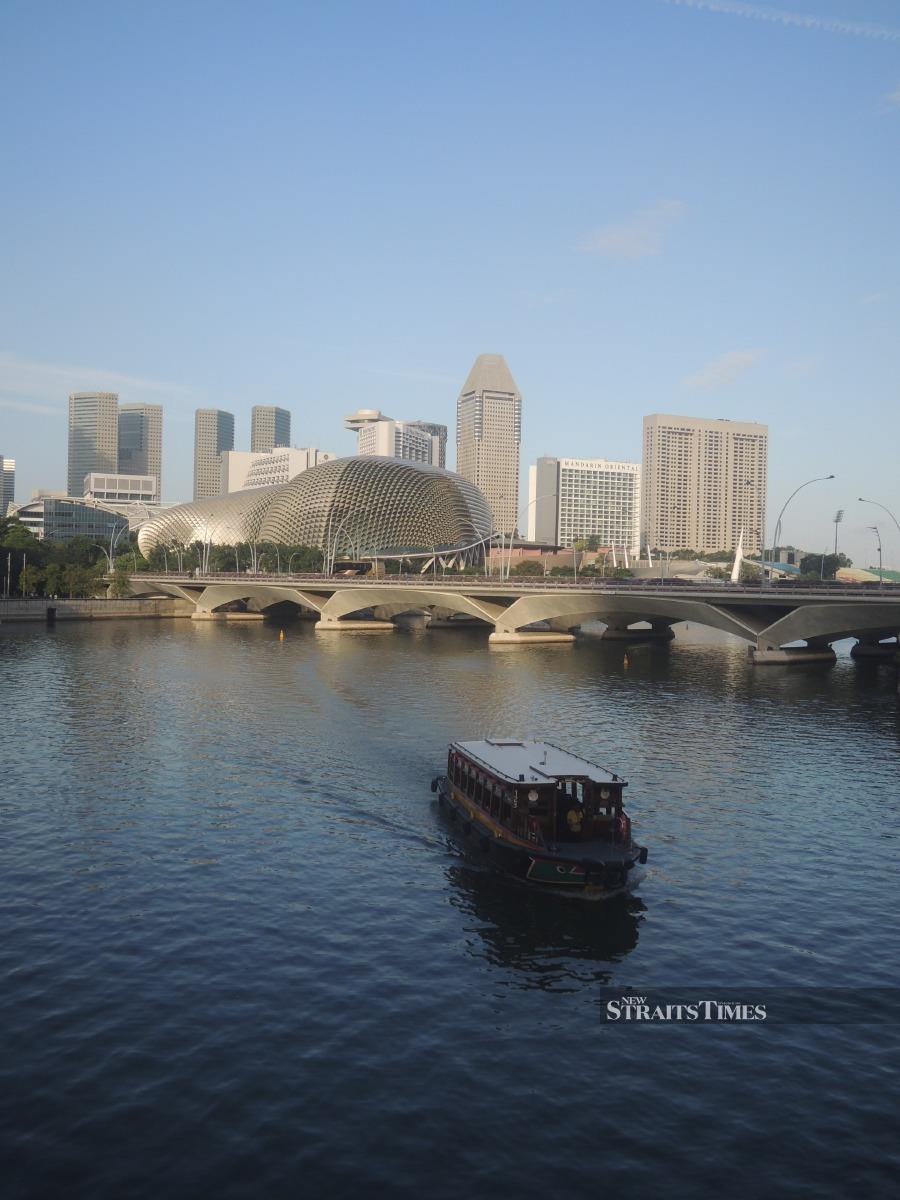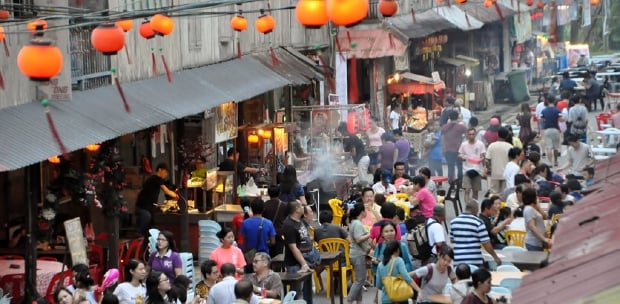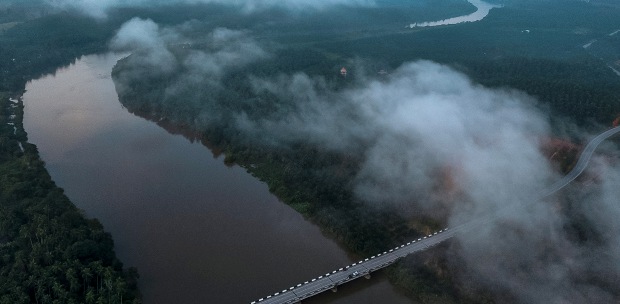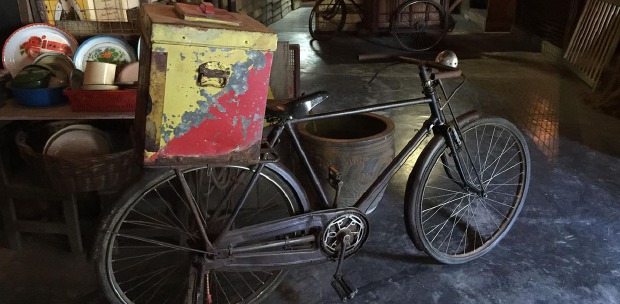"THE Jubilee Walk trail is an excellent representation of the past, present and future elements of the Singapore story which can be traced all the way from the early 14th century, when this land was known as the Malay kingdom of Temasek.
“From there, it moves on to the colonial era, nationhood, rapid urban development and, if looked at carefully enough, even offers a glimpse of the future," the helpful concierge at the Carlton Hotel quips when asked for ideas on how best to spend a couple of spare hours before dinner.
He proceeds to offer a brief overview of the various historic and iconic landmarks found along the eight kilometre route that covers both the Esplanade and Civic District precincts. Mindful of the limited time at hand, he proposes a shortened but still comprehensive course that will give me the chance to discover the people and communities who have contributed to the cityscape while, at the same time, gain invaluable insights into the Singapore success story which involves the preservation and enhancement of the local heritage and culture.
Handing over a brochure containing details and marking the suggested route clearly on the appended guide map, the friendly middle-aged man who hails from Katong, an eastern suburb famous for all things Straits Chinese, adds: "Carlton Hotel, located along Bras Basah Road, has a very central location in the city. Take Raffles Boulevard and start at Esplanade Park which is just a quick five minute walk away from here."
Created some four years ago to celebrate 50 years of nationhood, the Jubilee Walk has grown in popularity and become a must-do item for visitors to the island nation as well as locals. Apart from rediscovering the milestones that have shaped this once ancient land into the global city it is today, the trail also boasts of some of the most Instagrammable sights in downtown Singapore.
GRIM REMINDER

Just before reaching the Esplanade Park, the lofty white pinnacles of the Civilian War Memorial catches my attention and results in a brief detour. The inscriptions on weathered brass plaques at the base of the imposing structure bear a grim reminder of the Sook Ching massacre that occurred during World War II where thousands of civilians were killed in cold blood by the Japanese during those dark and tumultuous days.
Unveiled to coincide with the 25th anniversary of the Fall of Singapore on Feb 15, 1967, the monument consists of four towering pillars that symbolise the same number of main races in Singapore who suffered untold atrocities during the 1942-1945 Japanese Occupation.
Walking across Stamford Road, sight of the century-old Tan Kim Seng Fountain is a timely reminder that Esplanade Park has been a scenic spot for social gatherings and evening strolls since its inception in the 19th century. The tradition continues to this very day with people arriving by the busloads at almost every hour of the day to enjoy the sights.

Erected in 1882 to honour the notable philanthropist for his $130,000 donation to establish Singapore’s first reservoir and waterworks, this three-tiered Victorian-era water feature is decorated with classical Greek figures like Calliope (Muse of eloquence and epic poetry), Clio (Muse of history), Erato (Muse of lyric poetry) and Melpomene (Muse of tragedy). Beneath the sculptures of the Muses are the four water spouting faces of Poseidon, the God of the Sea.
The elevation of the Tan Kim Seng Fountain as a national monument when gazetted on Dec 28, 2010 brought its status to par with several nearby historic structures within the Esplanade Park such as the Lim Bo Seng Memorial and Cenotaph.
MALAYAN HERO
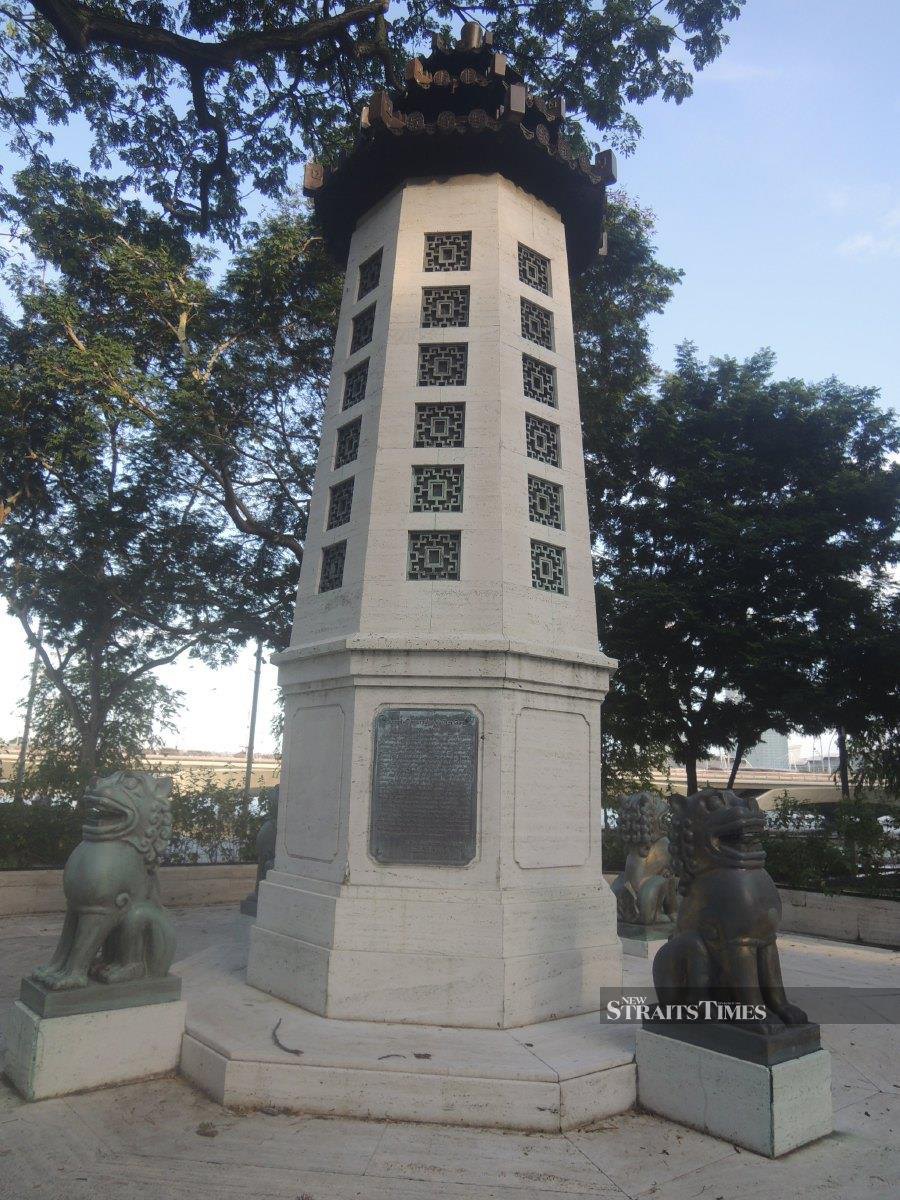
Lim Bo Seng, a heroic Malayan resistance fighter who was involved in many clandestine anti-Japanese operations during the Second World War, was captured by the dreaded Kempetai during a routine roadblock in Gopeng, Perak around April 1944.
Despite being subjected to severe torture during interrogation at the secret police headquarters in Ipoh, Lim refused to divulge any information about the resistance unit Force 136. Severely ill with dysentery and bedridden a month later, Lim eventually succumbed to his illness at the Batu Gajah prison on June 29, 1944.
Erected in 1954 to honour the celebrated war hero, the octagonal pagoda-shaped Lim Bo Seng Memorial is the only structure of its kind in Singapore that commemorates an individual’s efforts and sacrifices during World War II.
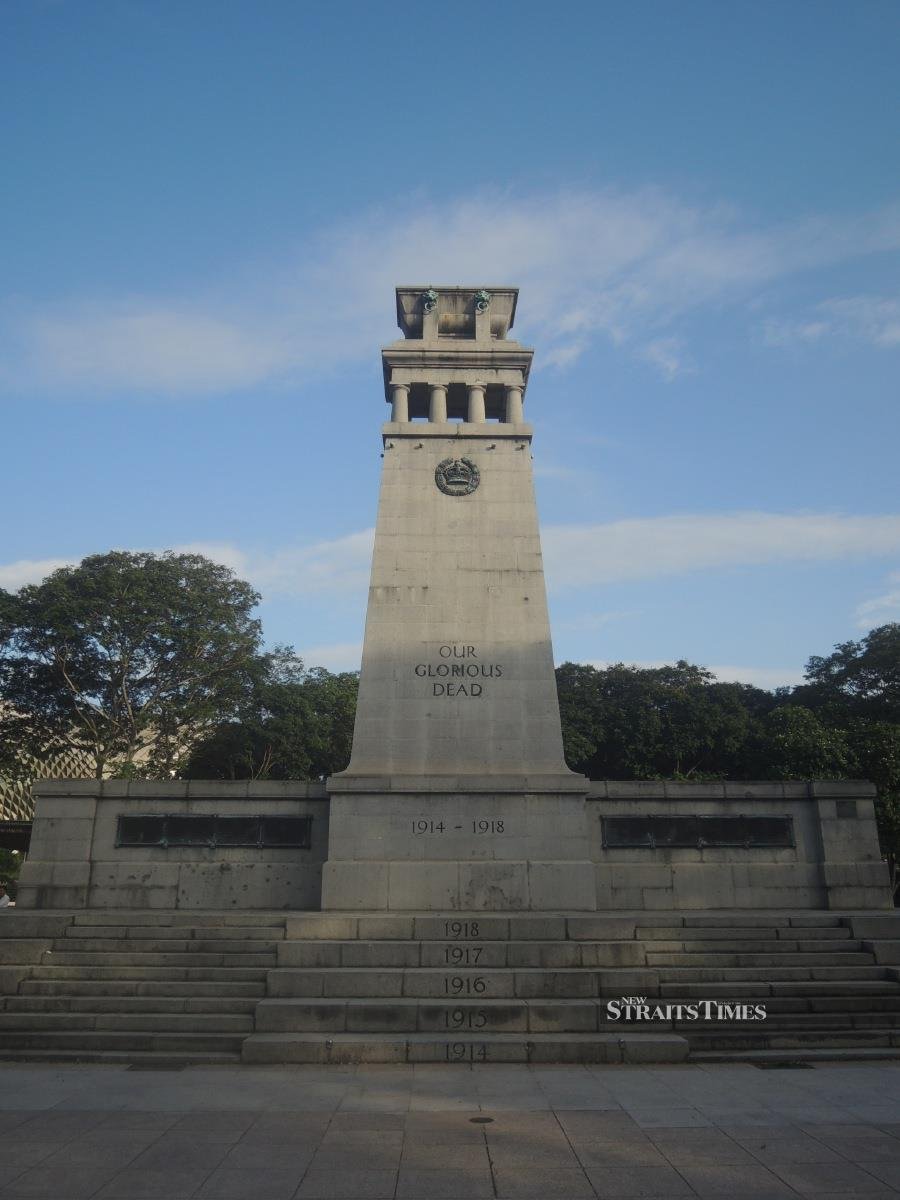
At the same time, the unmistakable shape of the Cenotaph honours an even broader spectrum of those who fell in combat during the two World Wars. With the aptly written dedication "They died so that we might live", this historic structure was unveiled by the-then Prince Edward of Wales (later King Edward VIII) during his Asia-Pacific tour on March 31, 1922.
In Prince Edward's entourage at that time was Louis Mountbatten who returned to Malaya again at the end of World War II as Lord Admiral and Supreme Commander of the South East Asia Command. During that second visit, Mountbatten officially received the surrender of the Japanese Imperial Army commanders at the steps of City Hall on Sept 12, 1945.
Together with the other two memorials seen earlier, the Cenotaph embodies a national resilience which continues to be a hallmark of Singapore. Without a doubt, this desirable attribute has allowed the nation to weather periods of crisis, defend and strengthen herself on all fronts while pursuing its relentless transformation into a global hub for commerce and culture.
NEW DISTRICT

The chugging of an approaching bumboat draws my attention to the nearby Singapore River. Walking closer and gazing across to the opposite bank, I clap eyes on the Marina Bay area, an entirely new business and entertainment district that’s fast becoming an integral part of downtown Singapore.
A vast reclaimed land that was left idle until the last decade, the Marina Bay precinct today has blossomed into a chain of cultural attractions such as the Marina Bay Sands integrated resort, Gardens by the Bay and Marina Barrage which are easily accessed via seamless walking links such as the Jubilee Bridge and Helix Bridge.
Crossing the historic Padang where many momentous events, like the first National Day Parade in 1966, have been celebrated throughout Singapore's long and illustrious history, I take my time to walk the hallowed corridors of the former City Hall and Supreme Court buildings which have since been extensively renovated to become the Singapore National Gallery.
Situated at the birthplace of modern Singapore, the walls of the chambers that once bore witness in 1959 to the first Cabinet ministers who took their Oaths of Allegiance and Oaths of Office as well as the inauguration of Yusof Ishak as the first locally-born Yang di-Pertuan Negara of Singapore are now filled with largest public collection of modern art in Singapore and Southeast Asia.
Drawing strength from various collaborative research, education, long-term and special exhibitions and innovative programming, the National Gallery has successfully managed to foster and inspire a creative and inclusive society through art.
OLDEST PERFORMING ARTS FACILITY
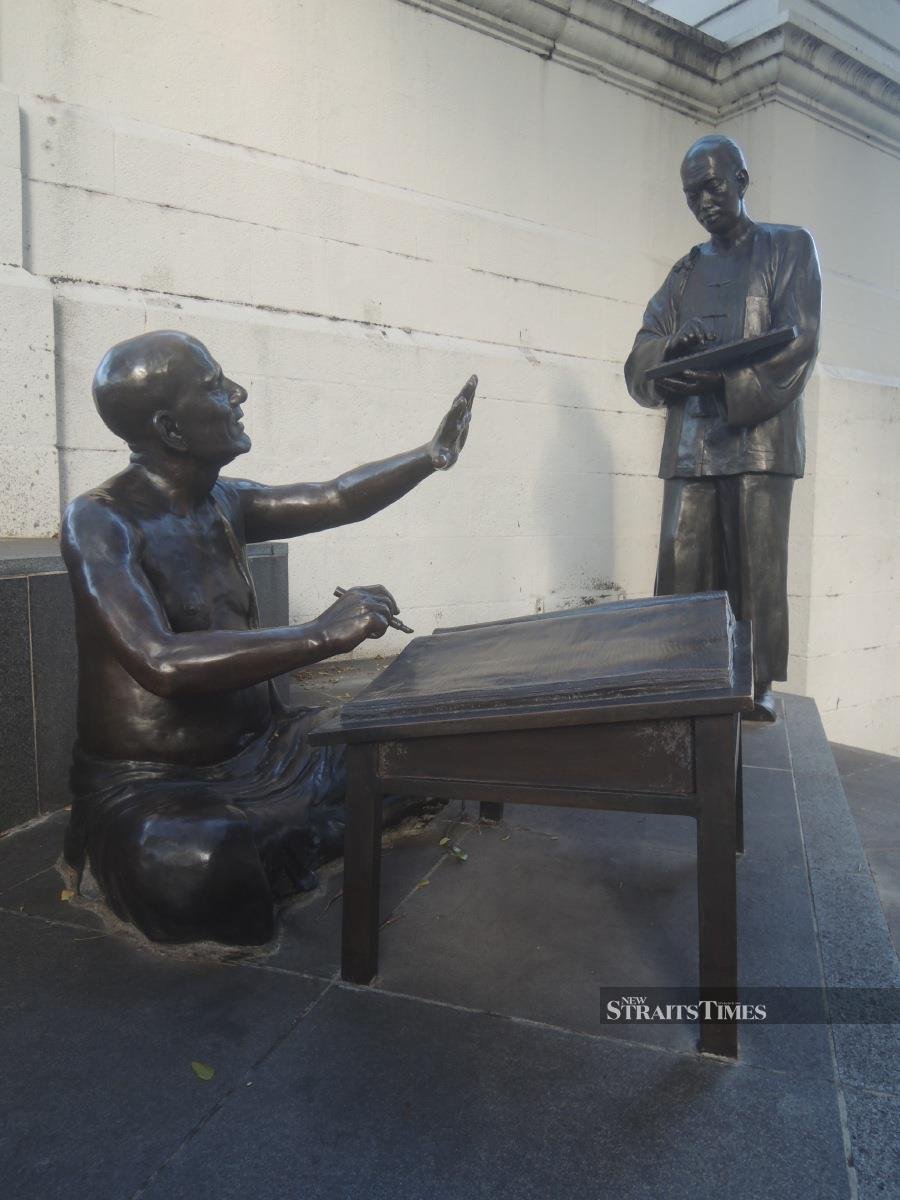
Walking deeper into the heart of the Civic District, the easy-to-follow route brings me face to face with Singapore's oldest performing arts facility that began as the settlement’s Town Hall back in 1862.
Together with its stunning facade and colonial-era architecture, the Victoria Theatre and Concert Hall will be remembered for all eternity as the venue for the first performance of Majulah Singapura, a song written by Zubir Said in 1958 during an era of rising nationalism. This stirring song was eventually adapted as National Anthem of Singapore in 1959 upon the attainment of self-governance.
While walking towards the last destination on the Jubilee Walk trail, I come across the statue of Sir Stamford Raffles, erected on the site where he was said to have landed in 1819. Even during those early formative years, Raffles already foresaw Singapore’s potential as a strategic trading post serving both the East and the West.
His declaration of making the new settlement a free port immediately attracted the attention of immigrant communities who began settling close to the banks of the Singapore River in large numbers, turning the wharves into a flourishing and vibrant commercial area.
Land reclamation projects that began in the 1820s turned the swampy south river bank into what’s now bustling Boat Quay and Raffles Place. By the 1970s, the city’s booming trade and urban population had turned the river into a veritable cesspool. It took great political will and cooperation from the general public to transform this area into the vibrant and scenic place that it is today.
KEY POLITICAL INSTITUTION
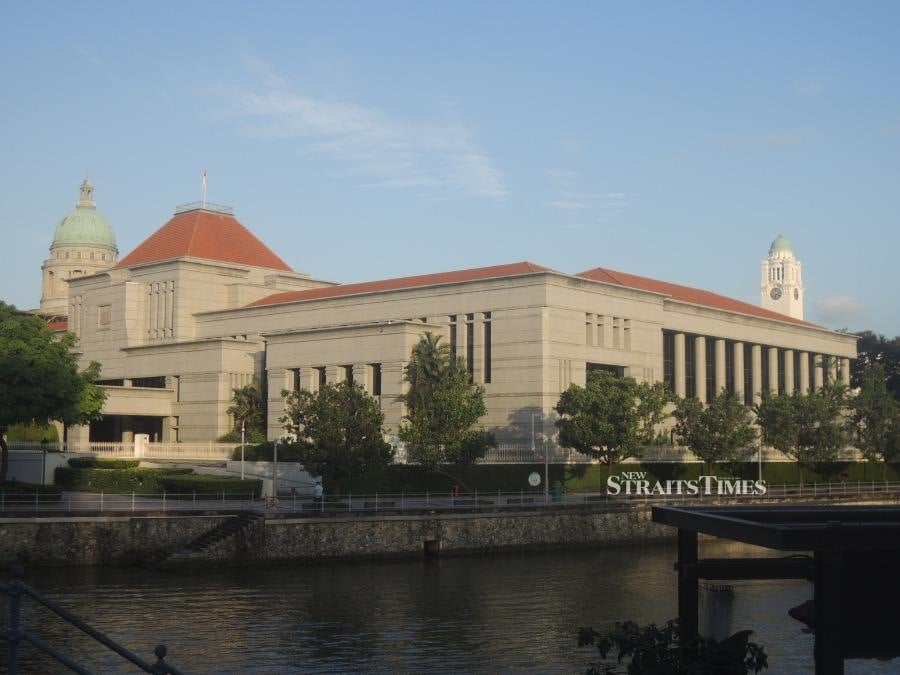
The stately and dignified Parliament House at the end of my custom-designed Jubilee Walk trail is indeed a fitting place to end a most exhilarating journey that has taken me through two centuries of Singapore history.
The best way to learn about this place is to visit ParlConnect, an exciting Parliament Visitor Centre that provides interesting nuggets of information about the various aspects of this key political institution through interactive features and multimedia displays.
Among the ones I find most interesting are facts about the various Parliamentary functions, its historical developments over the years as well as a rare insight into the roles of the Members of Parliament.
Interestingly, my walk back to the hotel takes on renewed vigour when the thought of a tantalising buffet dinner waiting at Cafe Mosaic comes to mind. At the same time, retracing the route gives me the golden opportunity to briefly reflect once again upon all the milestones that have helped to shape Singapore’s journey as a nation.
Within this short period of time, the Jubilee Walk has shared with me glimpses of the past as well as visions of the future. By embracing of globalism and progressiveness, there’s no doubt that Singapore can confidently look forward to the next bicentennial in 2219 and beyond.
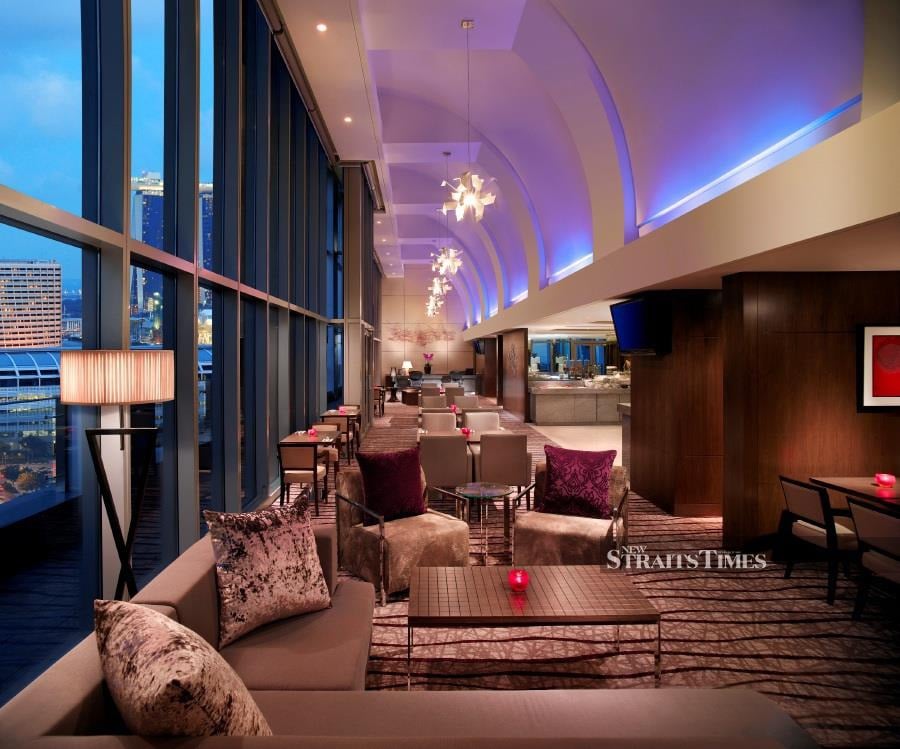
WHERE TO STAY
Carlton Hotel, No. 76, Bras Basah, Singapore 189558 (www.carltonhotel.sg)
A clear favourite among locals as well as foreign travellers for its strategic location along Bras Basah Road and within close walking distance to popular convention centres, interesting historical landmarks, museums, world-class shopping and dining areas as well as the latest entertainment outlets.
Just fresh from celebrating its 30th anniversary, this 4-star establishment delights all who walk through its doors with unparalleled attentive and friendly service. With complimentary high-speed Wi-Fi as well as free use of smartphones that come with unlimited 4G, local and international calls to selected countries, business and leisure travellers can stay connected throughout their entire stay.
As part of the 200th anniversary celebrations to commemorate the landing of Sir Stamford on the shores of Singapore, Carlton Hotel is currently having its popular Bicentennial Suite Promotion.
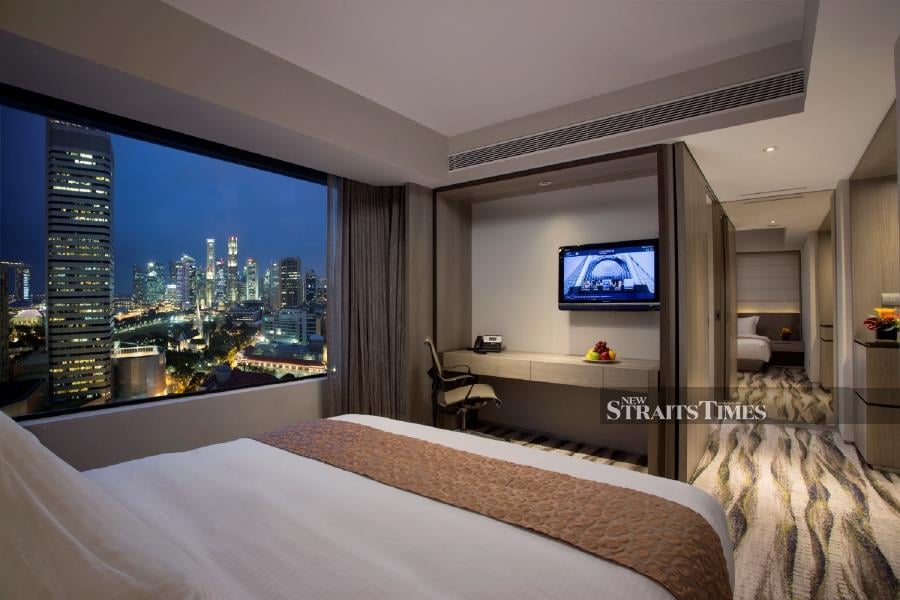
Valid until the end of this year, guests opting for this room package get to enjoy an ultimate pampering experience with a 2-night Deluxe Suite stay that includes 2-way transfer to either home or the airport, a pair of Universal Studios Singapore tickets, a five-course dinner at the award-winning Wah Lok Cantonese Restaurant and exclusive access to Executive and Premier Club Lounges that come with full benefits such as complimentary breakfast, beverages, afternoon tea and evening cocktails.


